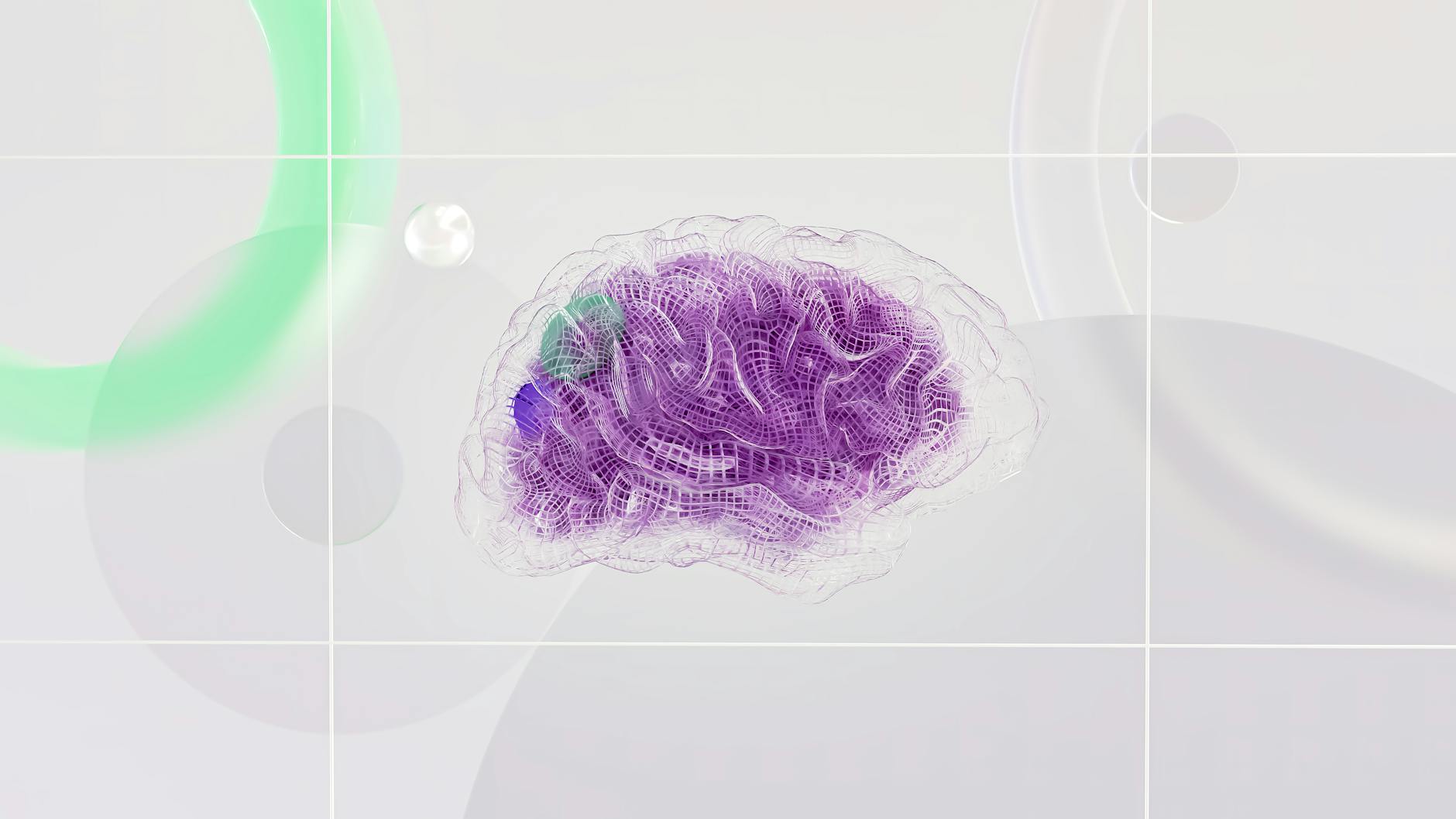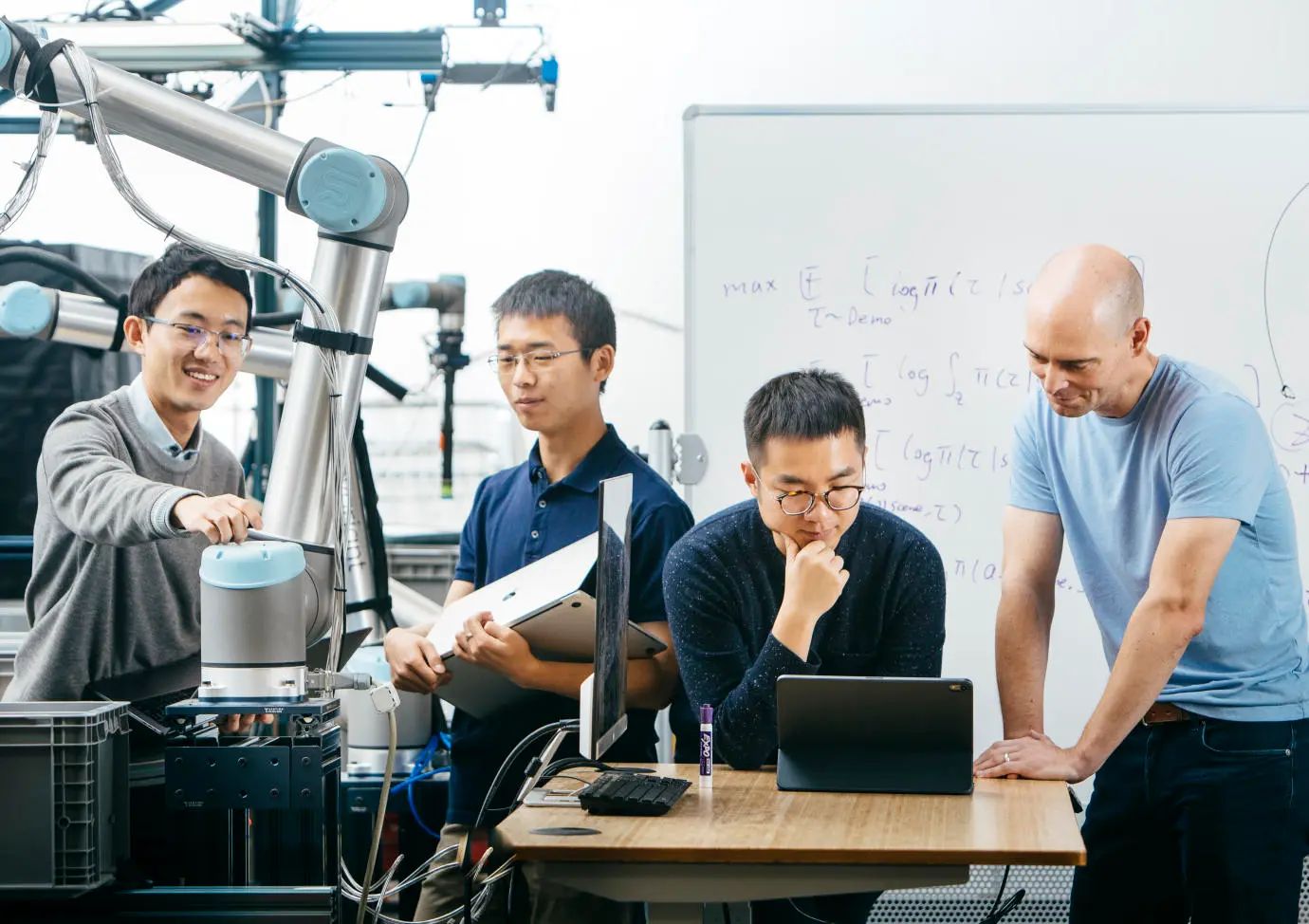“First Neuralink patient can control a computer mouse through thinking.” What does it mean and How does Neuralink work?
Elon Musk, the founder of Neuralink, announced that the first human patient implanted with their brain-computer interface (BCI) technology can control a computer mouse using their thoughts.
Elon Musk, who last month conducted the first human trial of Neuralink, his brain chip company, has drawn attention with his recent statements.
Musk made remarks regarding the condition of the individual who underwent the first brain chip implant during a conversation in a chat room on the social media platform X.
″[The] patient seems to have made a full recovery with no ill effects that we are aware of and is able to control the mouse, move the mouse around the screen just by thinking,” Musk said.
In a post on his X social media account on January 30, Elon Musk announced that a chip developed by Neuralink had been implanted in a human for the first time the day before. Indicating that the recovery process was progressing well, Musk expressed optimism about the initial results.
Musk also revealed that the first Neuralink product is named “Telepathy,” and it enables the control of phones, computers, and almost any device through thought alone.
Neuralink received approval from the US Food and Drug Administration (FDA) to commence human testing of its brain chip project in May 2023. Previous tests on monkeys reportedly successfully interpreted brain signals and transferred them to devices.
Established by Musk and a group of engineers in 2016, Neuralink aims to address neurological disorders such as paralysis and blindness, as well as enhance the quality of life for disabled individuals, through the use of microchips implanted in the brain.
How does Neuralink work?
Neuralink works by implanting a coin-sized device called “the Link” under the skull, which is connected to thin, flexible threads inserted into targeted areas of the brain. These threads contain electrodes that record the electrical activity of nearby neurons. The recorded signals are processed by the chip and wirelessly transmitted to an external receiver.
A computer program then decodes these neural activity patterns, which are trained using data collected from the user during various tasks. This helps the program learn specific patterns corresponding to specific intentions, such as moving a cursor or clicking a button. Based on these decoded intentions, the program can control external devices like cursors or robotic limbs.
The system can provide feedback to the user to help improve their control and learning. Over time, the program refines its decoding algorithms for better accuracy and responsiveness.
Neuralink’s current focus is on motor control, but future versions may aim for sensory inputs, memory access, or direct communication.
Where does the path opened by Neuralink lead?
Picture this: You imagine a story, and instantly, it transforms into a vibrant visual tale without the need for scripts or filming. This seemingly fantastical scenario is made possible by the convergence of three powerful technologies: Neuralink, the revolutionary brain-computer interface (BCI); Generative AI capable of creating human-like text; and text-to-video platforms like Sora, which bring written words to life.
This unique combination opens up a world of possibilities, poised to transform how we interact with information, experience storytelling, and even perceive reality. Generative AI’s remarkable ability to interpret and generate human-like text seamlessly integrates with Sora’s visual prowess. Together, they empower BCI users to move beyond simple device control, allowing them to craft complex multimedia narratives directly from their minds.
Democratizing Creativity, Blurring Boundaries
This convergence paints a picture of democratized content creation. Envision a future where physical limitations and technical know-how no longer hinder creative expression. Anyone, regardless of background, could become a storyteller, shaping impactful experiences through the power of thought alone.
However, this technological fusion also propels us into uncharted ethical and philosophical realms. As the lines between authorship, creation, and the “authenticity” of experiences become increasingly blurred, we must grapple with fundamental questions about ownership, originality, and what it means to be human.










